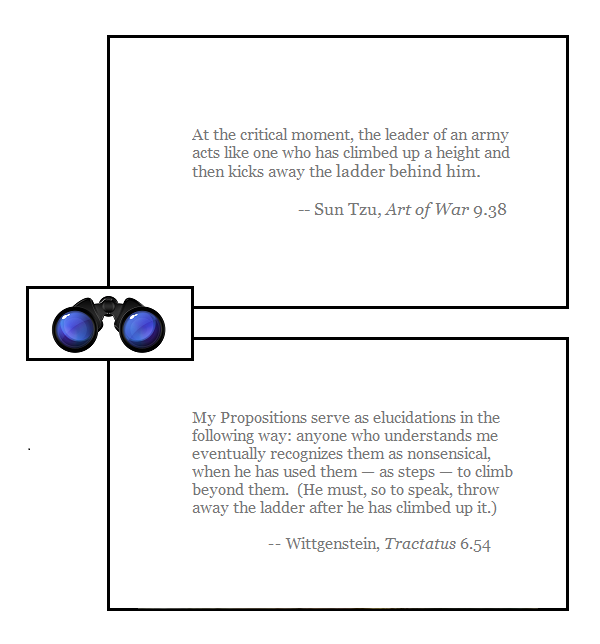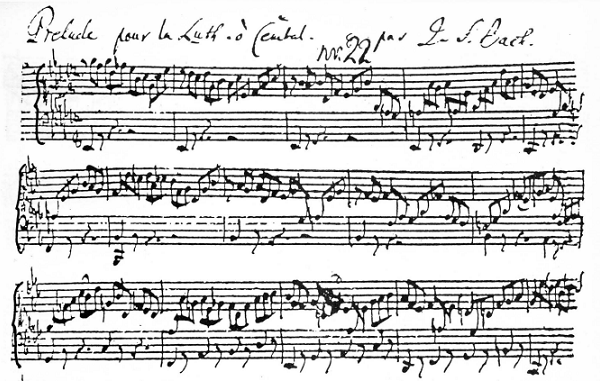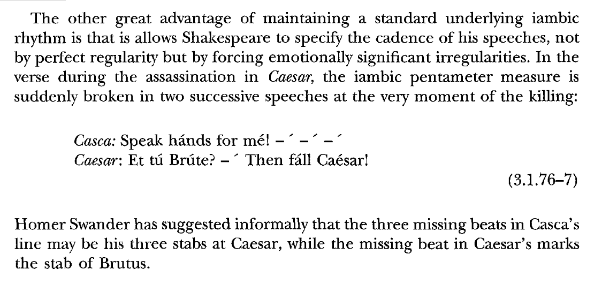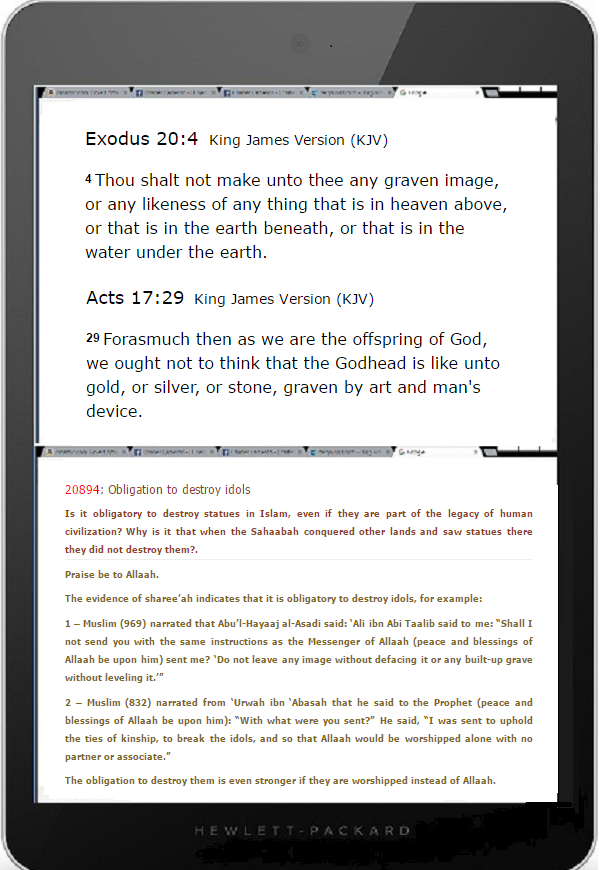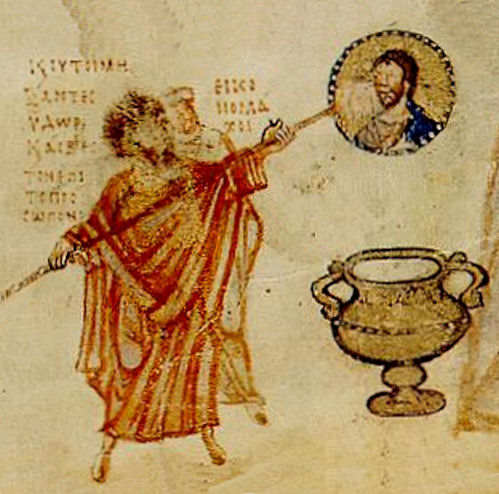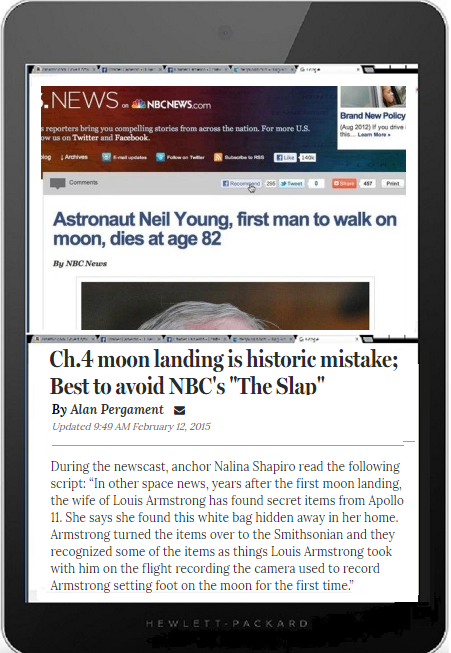Nesting Buddhas and insubstantiality
Monday, July 25th, 2016[ by Charles Cameron — from the Buddha’s Diamond Sutra via matrioshka dolls and koans to Sun Tzu and Wittgenstein ]
.
From Karl Brunnhölzl, The Heart Sutra Will Change You Forever, in today’s Lion’s Roar:
Besides being a meditation manual, we could also say that the Heart Sutra is like a big koan. But it is not just one koan, it is like those Russian dolls: there is one big doll on the outside and then there is a smaller one inside that first one, and there are many more smaller ones in each following one.
After reading that, I wasn’t exactly expecting to find illustrations of Buddhas in the form of Matryoshka dolls on Google, but in fact there are quite a few variants on the theme. Here’s one, original source unknown:
Buddhism actually has a doctrine of the Trikaya or three bodies of Buddha, as described in the dictionarily dry words of the Britannica:
Trikaya, (Sanskrit: “three bodies”), in Mah?y?na Buddhism, the concept of the three bodies, or modes of being, of the Buddha: the dharmakaya (body of essence), the unmanifested mode, and the supreme state of absolute knowledge; the sambhogakaya (body of enjoyment), the heavenly mode; and the nirmanakaya (body of transformation), the earthly mode, the Buddha as he appeared on earth or manifested himself in an earthly bodhisattva, an earthly king, a painting, or a natural object, such as a lotus.
— and point you to a deeper reading as set forth by Shunryu Suzuki Roshi, whose understanding far surpasses anything I could muster.
I don’t. however, believe these three bodies are “nested” quite the way the Russian dolls are..
**
Now let’s get down to business. In the same article, Brunnhölzl writes:
Many people have complained about the Prajnaparamita Sutras because they also trash all the hallmarks of Buddhism itself, such as the four noble truths, the Buddhist path, and nirvana. These sutras not only say that our ordinary thoughts, emotions, and perceptions are invalid and that they do not really exist as they seem to, but that the same goes for all the concepts and frameworks of philosophical schools—non- Buddhist schools, Buddhist schools, and even the Mahayana, the tradition to which the Prajnaparamita Sutras belong.
That’s by normal western standards, is pretty strong philosophical meat. But Brunnhölzl continues, asking:
Is there any other spiritual tradition that says, “Everything that we teach, just forget about it”?
**
I sense a slight “my path is edgier than yours” tinge to that question, so I didn’t treat it as rhetorical, I pondered it — and in my googling ran across this rather neat pair of DoubleQuotes, which had been put together by Noah Greenstein in a blog-post titled Wittgenstein and Sun Tzu (on throwing the ladder away):
and which I’ve presented here using one of my own DoubleQuotes formats.
**
It should be noted, however, that the Sun Tzu translation quoted here is the 1910 Leonard Giles version, that the text with a little more context reads:
At the critical moment, the leader of an army acts like one who has climbed up a height and then kicks away the ladder behind him. He carries his men deep into hostile territory before he shows his hand. He burns his boats and breaks his cooking-pots..
and that Giles‘ own comment on “the leader of an army acts like one who has climbed up a height and then kicks away the ladder behind him” reads:
literally, “releases the spring” (see V. § 15), that is, takes some decisive step which makes it impossible for the army to return—like # Hsiang Yü, who sunk his ships after crossing a river.
Sun Tzu as quoted here, then, is not in fact a great match for Wittgenstein — but Wittgenstein, who can indeed be said to have “thrown away” his own early philosophy as outlined in the Tractatus before acquiring the new one outlined in his Philosophical Investigations, comes far closer in spirit to the Diamond Sutra as discussed above.
**
Did I say the Heartv Sutra was “pretty strong meat”? I did. Perhaps this excerpt from Brunnhölzl’ piece will bring the point home:
There are accounts in several of the larger Prajnaparamita Sutras about people being present in the audience who had already attained certain advanced levels of spiritual development or insight that liberated them from samsaric existence and suffering. These people, who are called “arhats” in Buddhism, were listening to the Buddha speaking about emptiness and then had different reactions. Some thought, “This is crazy, let’s go” and left. Others stayed, but some of them had heart attacks, vomited blood, and died. It seems they didn’t leave in time. These arhats were so shocked by what they were hearing that they died on the spot. That’s why somebody suggested to me that we could call the Heart Sutra the Heart Attack Sutra.
Now that’s serious philosophy.
**
Okay, this has been an early morning meander, sufficient to drive away both fatigue and insomnia. On with the insubstantial day..

